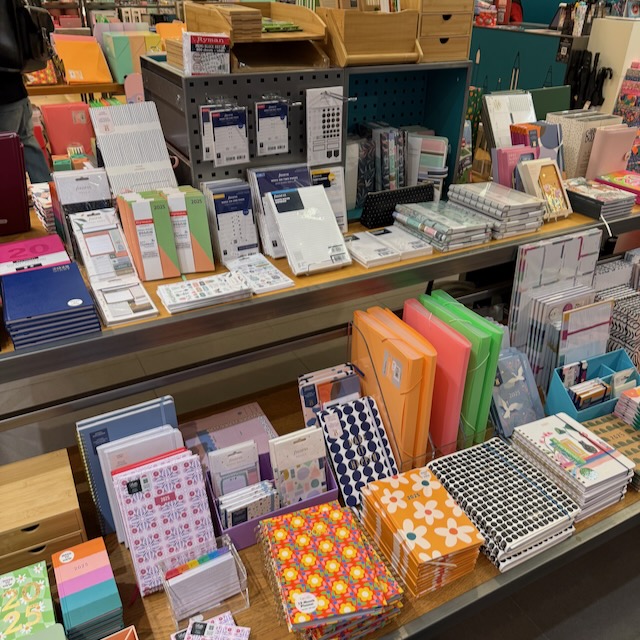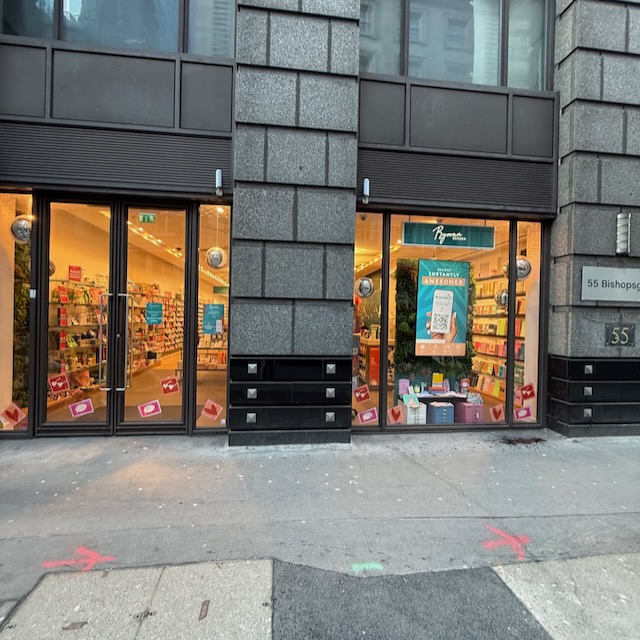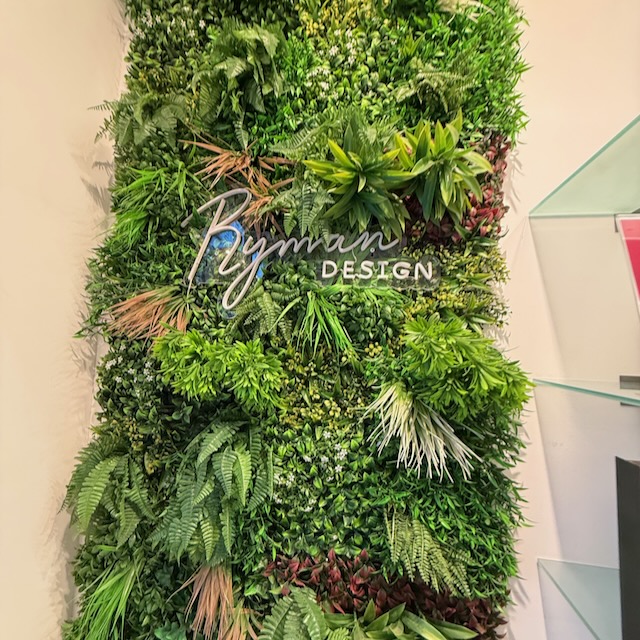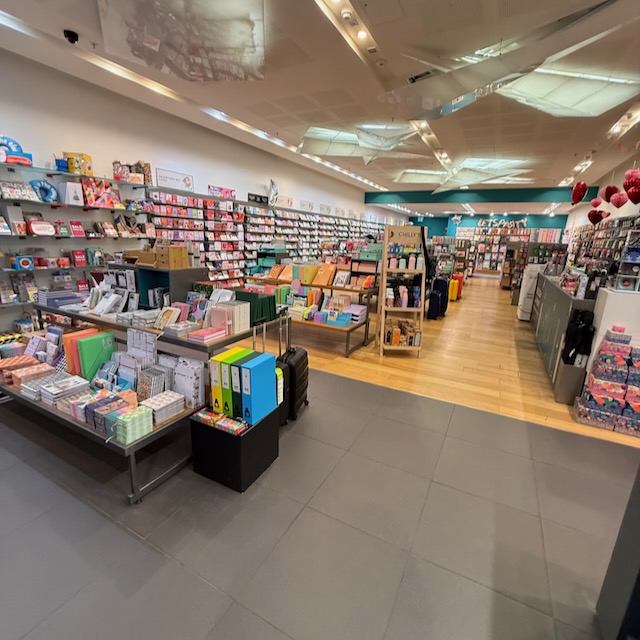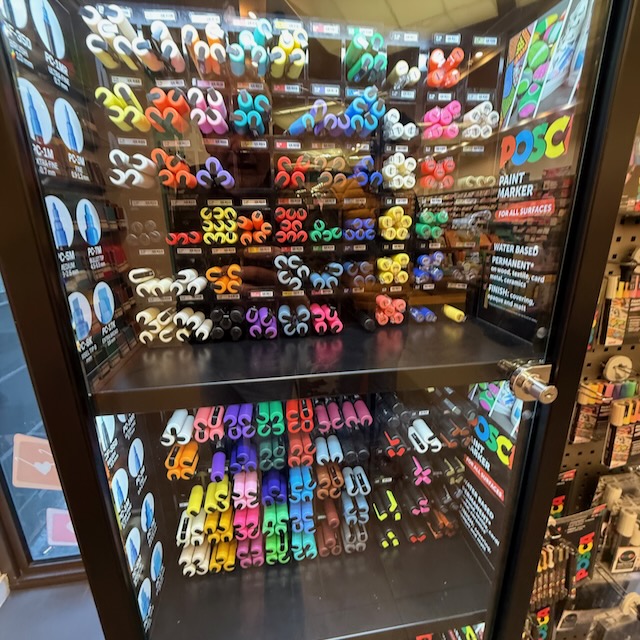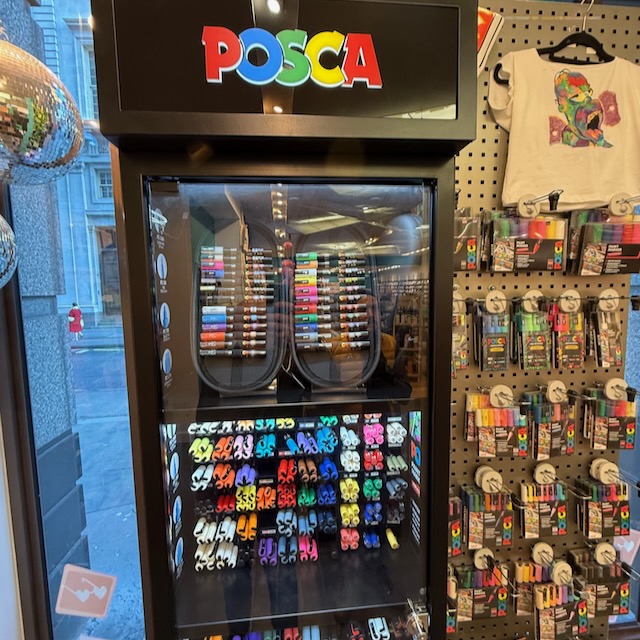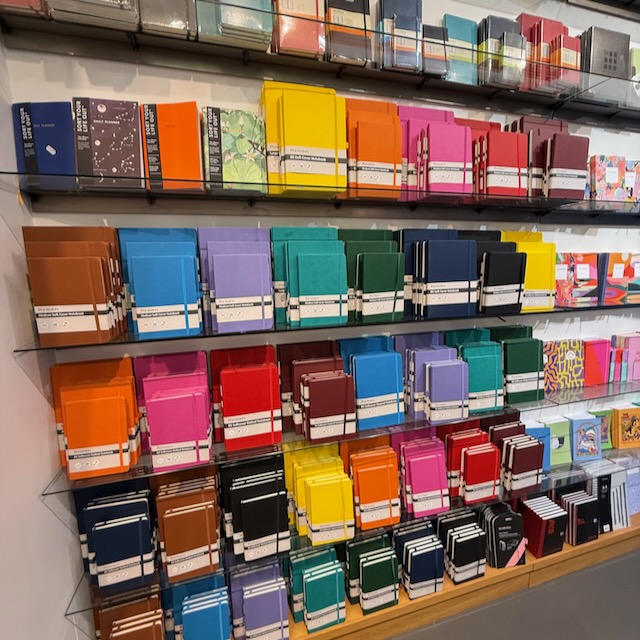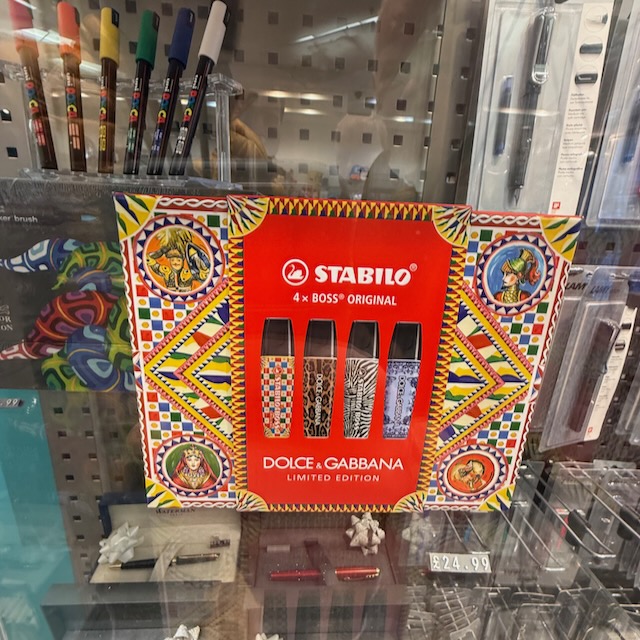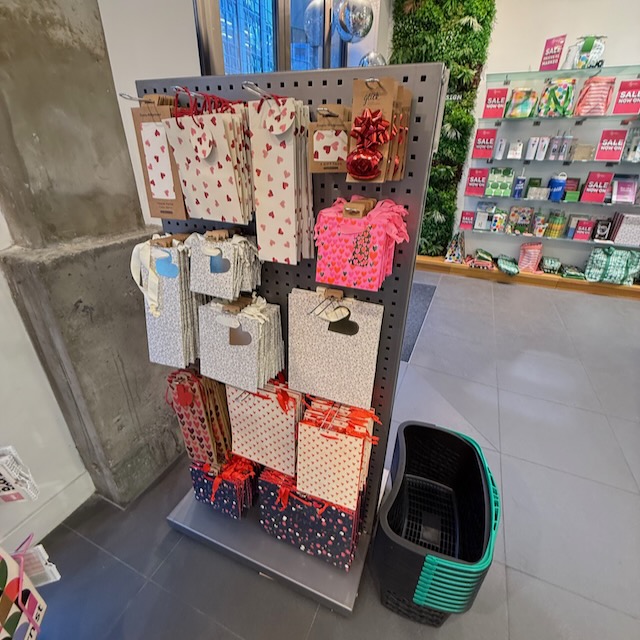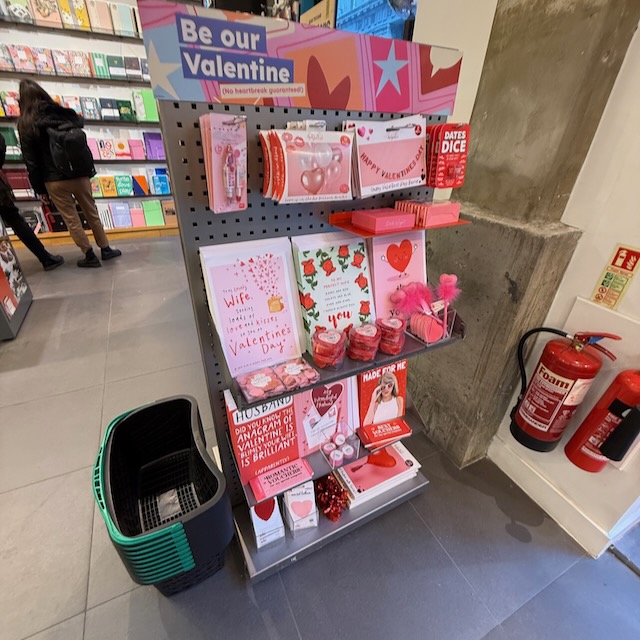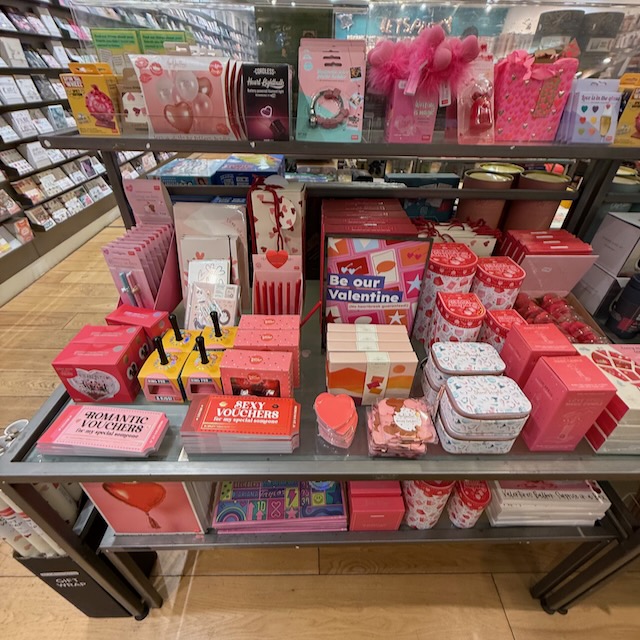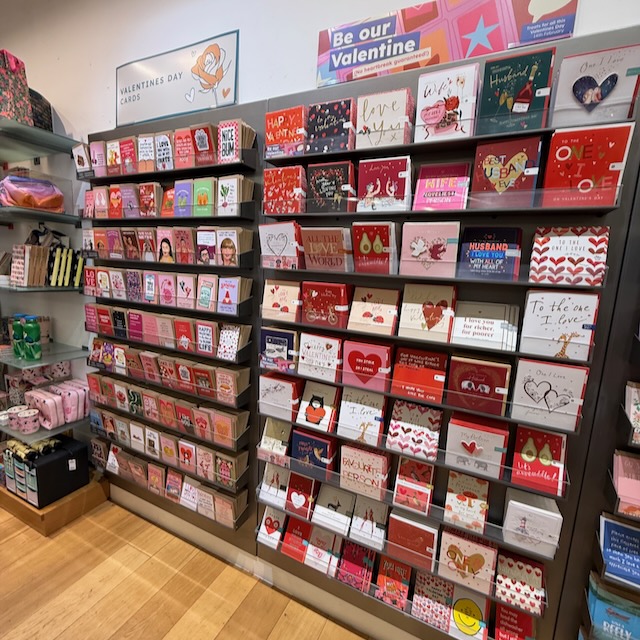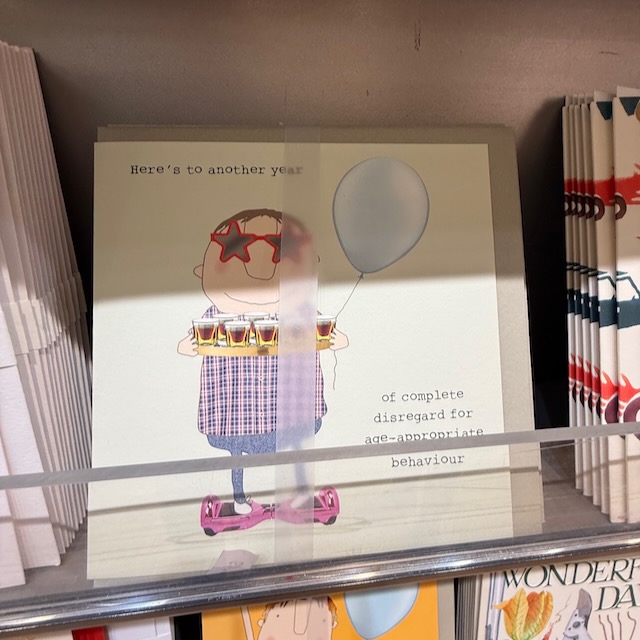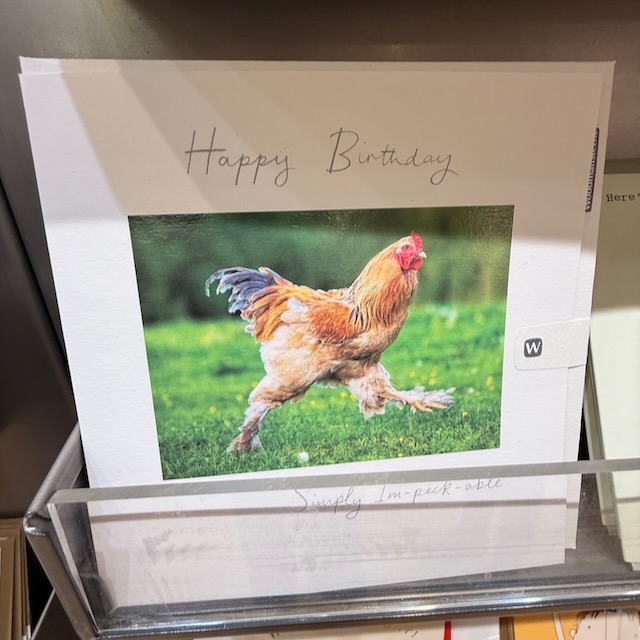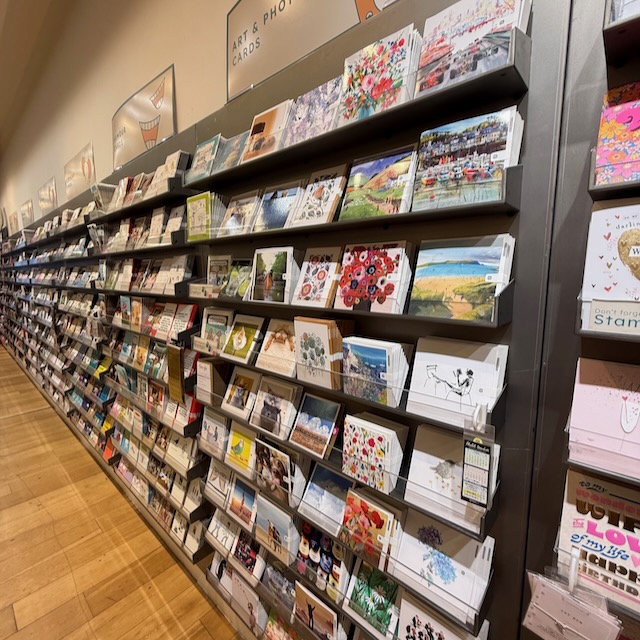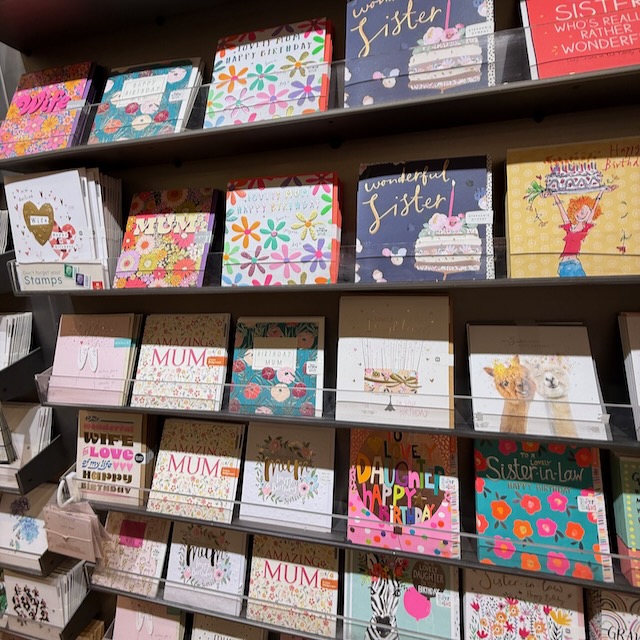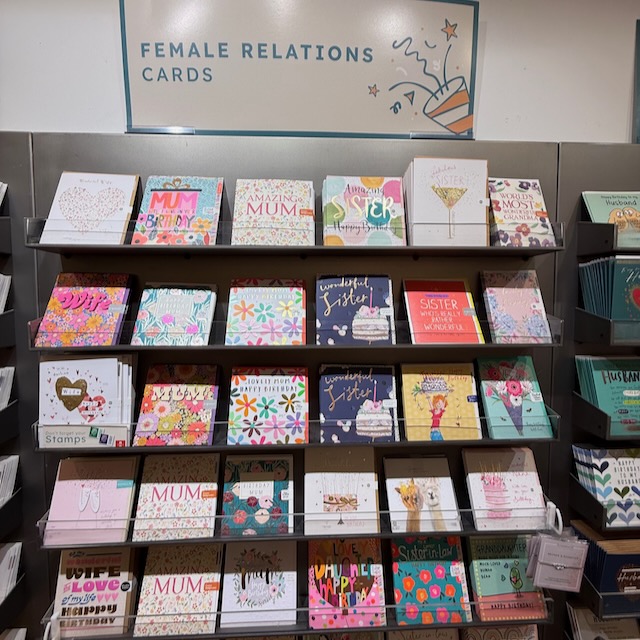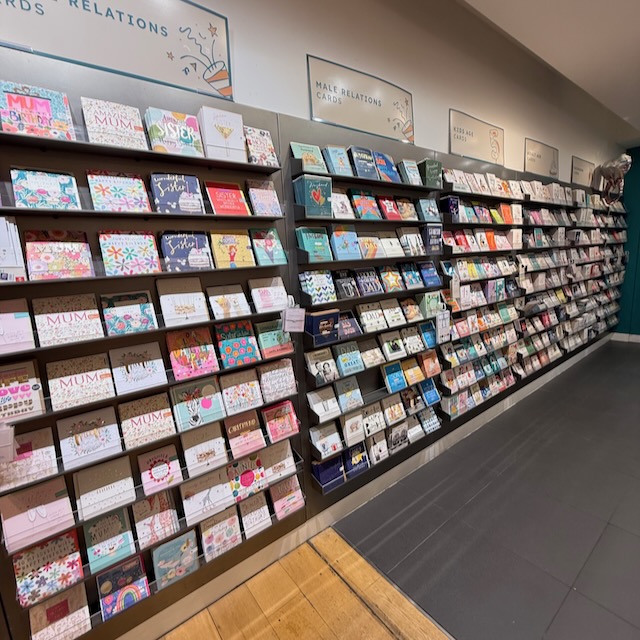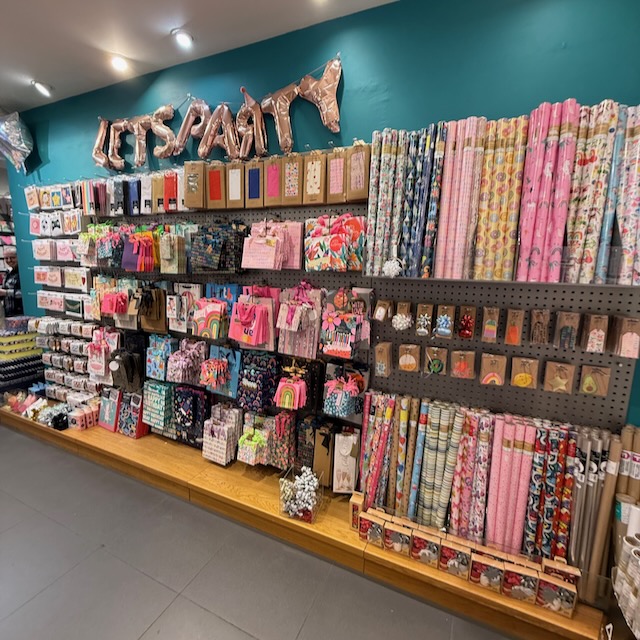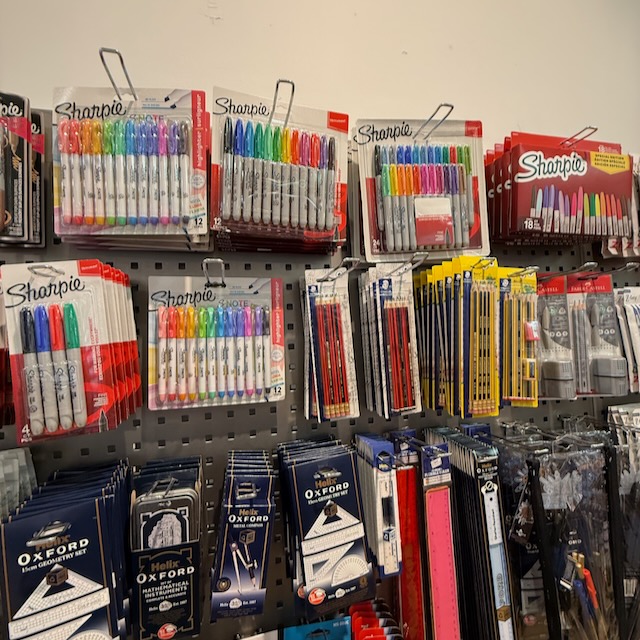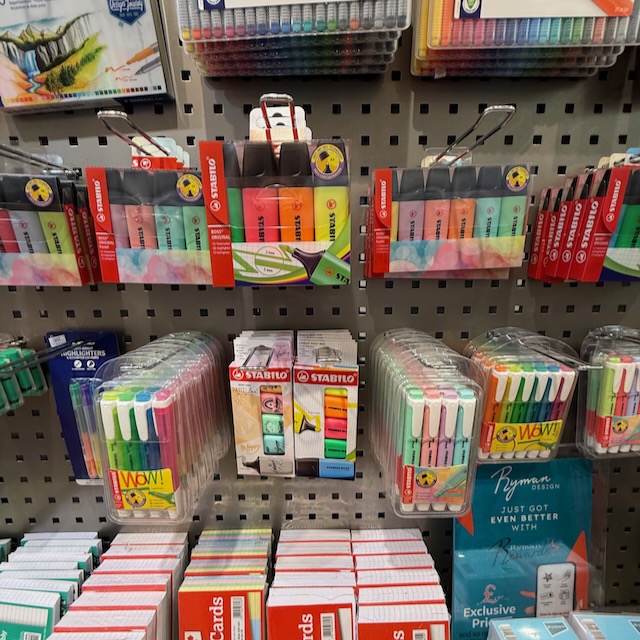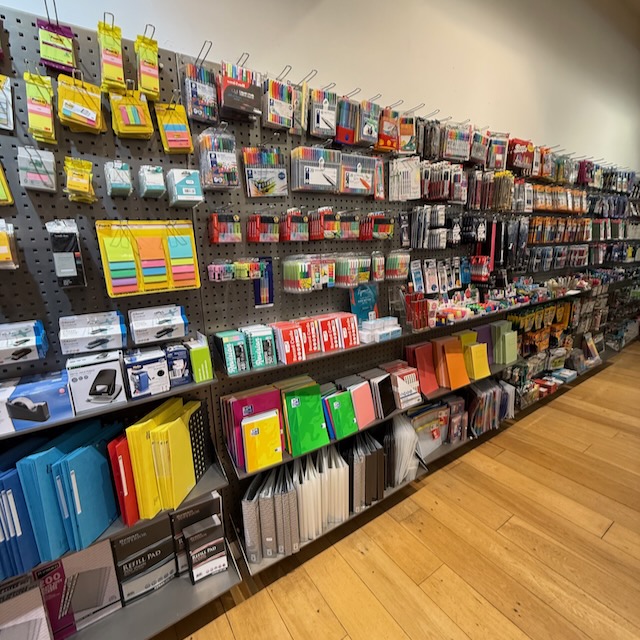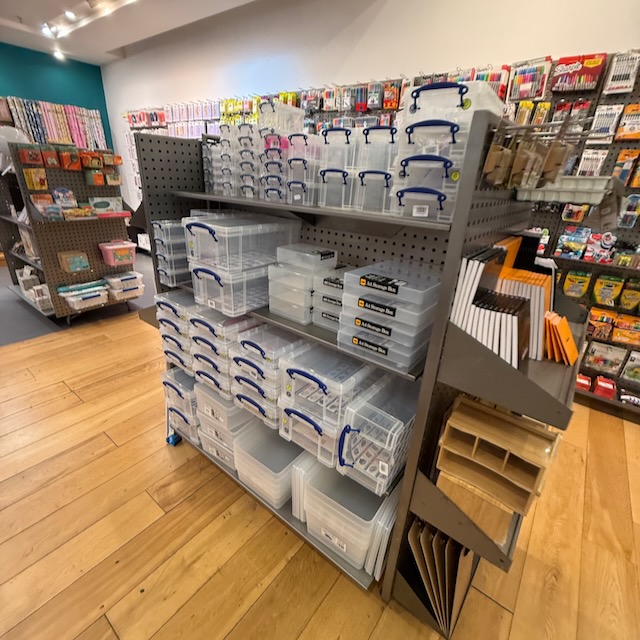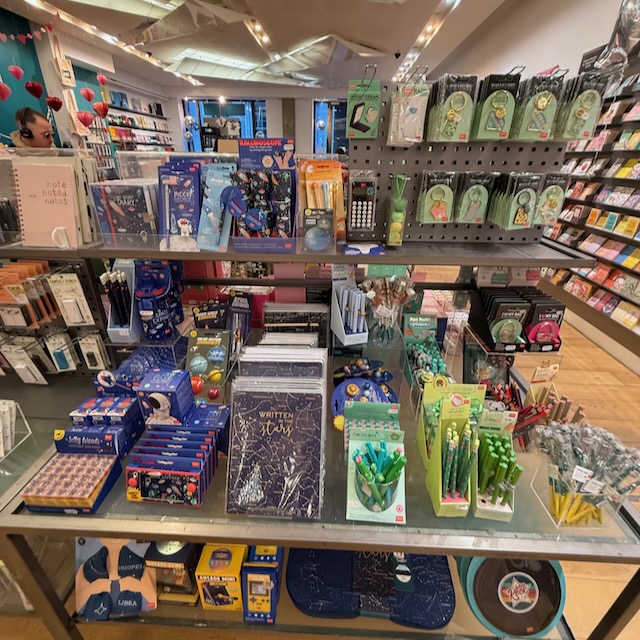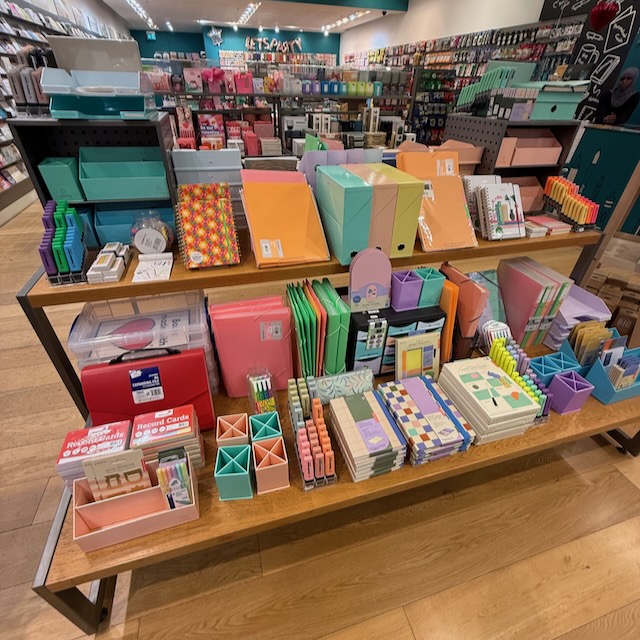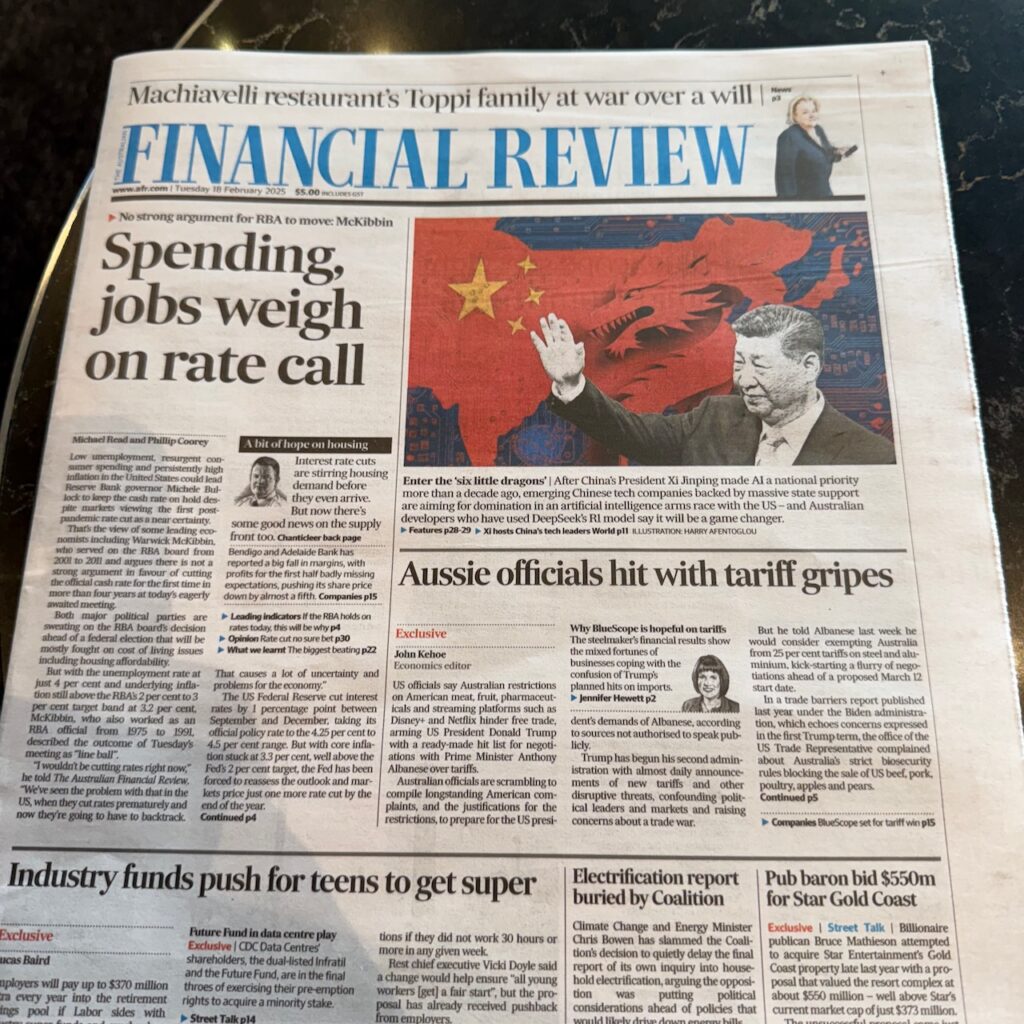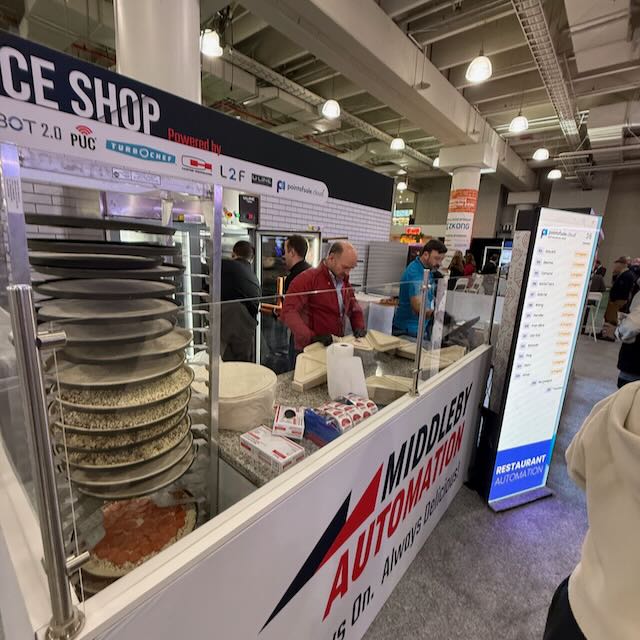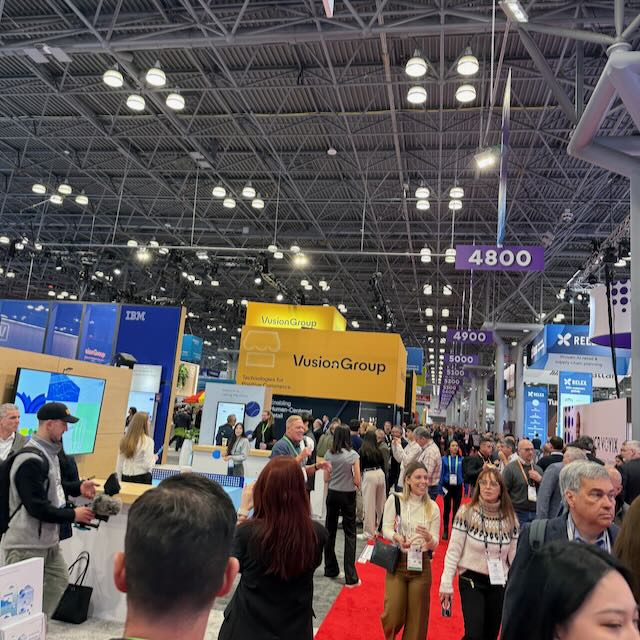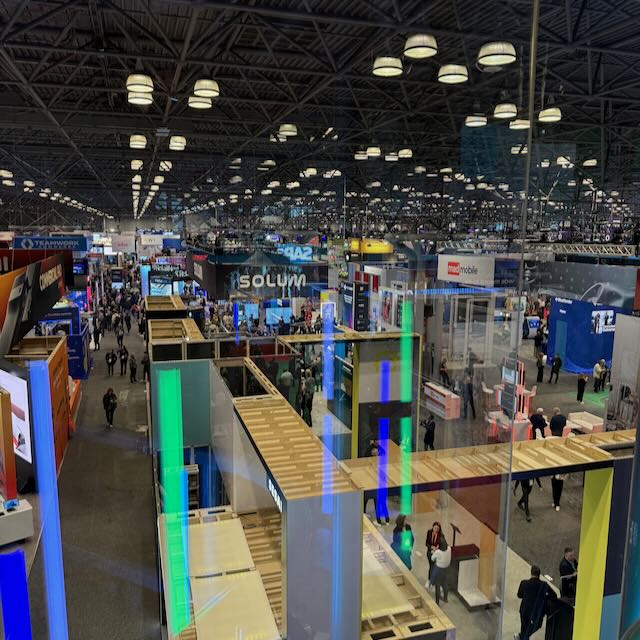From my perspective, the convenience retail sector, especially when it comes to tobacco and associated products, is a competitive and challenging landscape for Australian newsagencies. This market is dominated by large, national and multinational businesses, possessing substantial financial resources, advantageous supplier relationships, and the competitive edge of streamlined, centralised decision-making.
For an independently owned, local newsagency attempting to compete in the convenience space, particularly with tobacco as a key driver, the challenge is significant. It’s not insurmountable, but it certainly presents a formidable undertaking. The regulatory environment surrounding tobacco is constantly evolving, adding further layers of complexity and cost. Add to that the risk of arson and other attacks and you have a challenging business.
The primary selling point of any convenience store is, naturally, convenience and location. The secondary proposition is value, pricing. However, with the increasing standardisation of convenience offerings, particularly regarding tobacco products, these points of differentiation are eroding.
Recent acquisitions intensify competition in this space.
A newsagency attempting to focus on convenience while situated near a nationally branded convenience store, or a fuel-based convenience offering, will invariably face difficulties. The brand recognition of these national chains carries considerable weight, as consumers have established expectations. Furthermore, the reliance on tobacco sales ties the business to a product with diminishing social acceptance and increasing regulatory risk.
While an independent retailer might attempt to compete on price with a national convenience store, they will lack the capacity to negotiate equivalent purchasing price points, nor will they possess the resources to subsidise prices. They will rarely have the ability to market as effectively as a national chain, particularly with in-store price messaging, especially regarding regulated products like tobacco.
A local shop operating as a standalone convenience business, heavily reliant on tobacco, feels like an increasingly precarious battle.
I see more value in pursuing alternative retail segments, where product differentiation is more achievable, consumer enthusiasm is higher, and repeat business is more assured. In these sectors, margin dollars per transaction are typically higher, competition is less intense, and customers are more likely to travel by choice to patronise your business. Diversification away from tobacco reduces the business’s exposure to regulatory changes and declining consumer demand.
An Australian newsagency, regardless of location, can specialise in higher-margin product categories. While this requires research and investment, the payoff can be considerable and many have already discovered. The outcome can be a more manageable business, requiring less reliance on high foot traffic and a less critical location, while also reducing the reliance on tobacco sales.
This approach, to me, appears more strategic, sustainable, and valuable in terms of overall business worth. It results in a business that is more readily marketed externally and more difficult to replicate, while also being more resilient to shifts in consumer preferences and regulatory landscapes.
Niche specialty retail is less likely to attract competition from national or multinational retailers. The primary competition is more likely to be online, and while this certainly presents challenges, online competitors are more easily analysed and understood.
If your newsagency is successful with a convenience model, congratulations. If you play in the convenience space are re not successful, get out now. There are plenty of us in the newsagency channel who can help.
Footnote: the majority of UK newsagents focussed on convenience years ago as the sales of print media products started to decline. While some have done okay, the majority have not been able to compete with the national retailers who dominate convenience retail there.
